field herpetology research
assessing niche partitioning in salamanders
This was an undergraduate research experience
As an undergraduate at UCLA, I had the incredible opportunity to participate in the Field Biology Quarter (FBQ) research course. Through this course, I and 14 other students gained experience designing and leading our own field biology projects.
This was a short experience (~10 weeks), but taking initiative in this project and collaborating with other intelligent and creative young scientists at my university made this experience so fruitful, solidifying my desire to go into research.
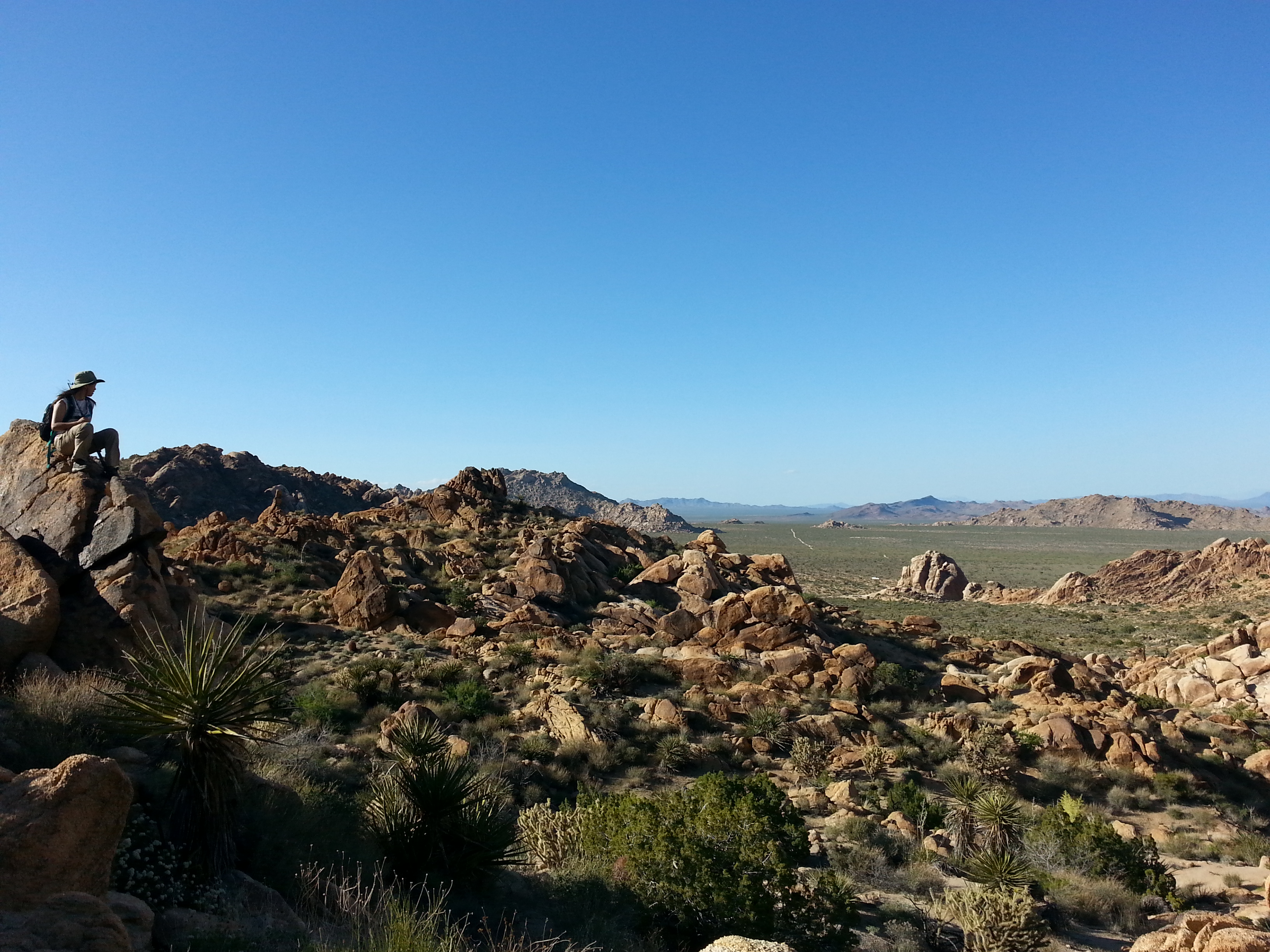
We spent 1 week in each of three remote locations across the state of California: Angelo Coast Range Reserve, Fort Ord National Monument, and the Old Woman Mountains Wilderness in the Mojave desert.

Along with four other group members, I co-led an independent research project in the Angelo Coast Range Reserve. Our study examined niche partitioning of four sympatric plethodontid salamanders commonly thought to share the same niche.
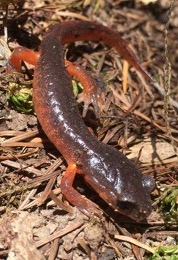

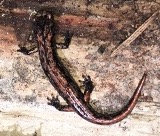
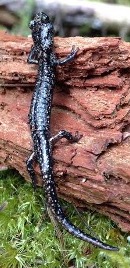
As this contradicts niche theory, we predicted that microhabitat preference (cover object, soil moisture, etc.) would differ across species. We collected 47 total variables for 886 individual salamanders.
We collected over 800 samples of salamander location, and micro- and macro- habitat variables (such as cover type, temperature, moisture, surrounding vegetation, etc.). We also evaluated the use of these Plethodontid species as indicators of forest floor microhabitat integrity.
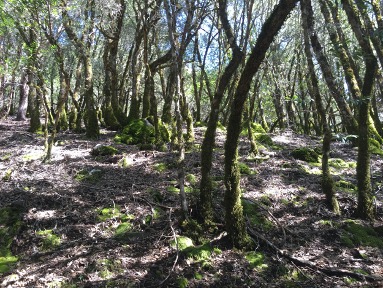
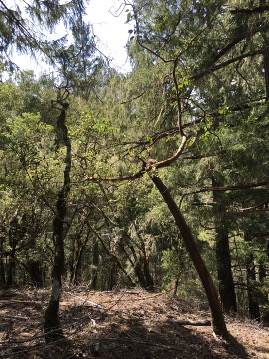
In the end, my group formally presented our results, including a novel tool for visualizing differences in microhabitat.
